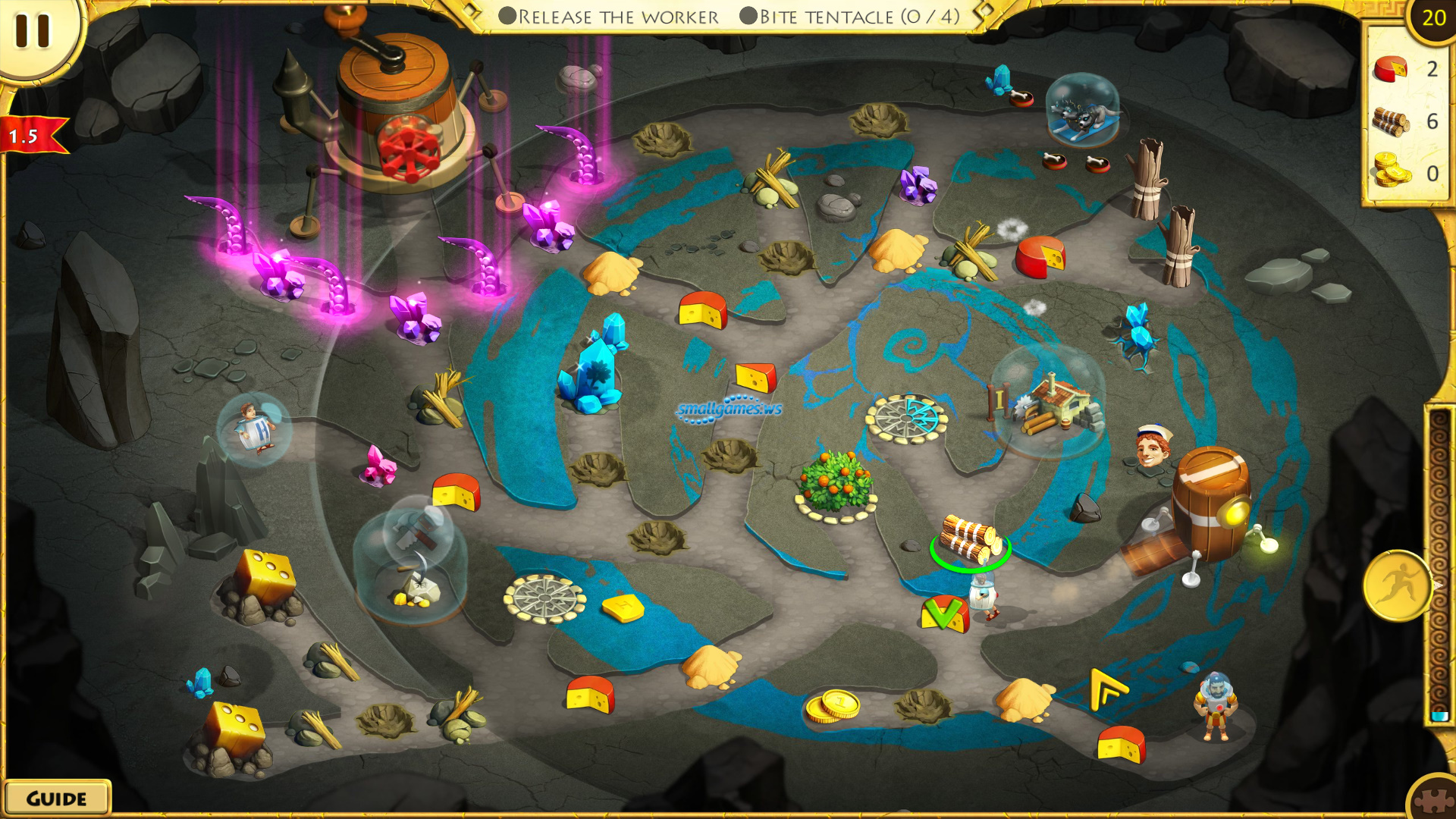

Short functional movements and long manual material handling tasks were performed and joint angles were compared between the two systems. Whole-body kinematics from 12 participants was recorded simultaneously with a full-body Xsens system where an Optotrak cluster was fixed on every IMU. The objective was to determine the technological error and biomechanical model differences between IMUs and an optoelectronic system and evaluate the effect of task complexity and duration. However, previous IMUs validation studies have been incomplete regarding aspects of joints analysed, complexity of movements and duration of trials. The potential of inertial measurement units (IMUs) for ergonomics applications appears promising. Gaining increased knowledge about the physical demands in elite team handball and the physiology of elite players provides the basis for improving the design, planning and implementation of optimal physical training in elite team handball players to increase playing performance and reduce fatigue and the number of overload injuries. The activity pattern of goalkeepers is very much specialised and differs substantially from those of field players, and a description of the physical demands placed on goalkeepers is not included in this chapter. female adult elite team handball match-play. In addition, it is also the aim to characterise the physiological aspects in elite team handball and to present an outline of the potential differences in the on-court physical demands in male vs. Thus, the overall purpose of this chapter is to give a brief overview of the present knowledge about the on-court physical demands placed on adult male and female elite team handball field players in relation to playing positions. However, only relatively limited knowledge seems to exist about the specific on-court working requirements in elite team handball. Modern team handball match-play imposes substantial physical demands on elite players. In conclusion, the skill to take advantage of the dynamic improvement offered by the mastery of the step cycle, adapting to the different situations of the game, could be an essential characteristic of the player to effectively complete the throwing action. Likewise, the last step with natural footing is the most used (93.7%, p < 0.001) with a complete cycle of steps, followed by false foot with more than three steps (27.3%, p < 0.001), and two feet with zero steps (12.6%, p < 0.001). There is a significant relationship between the step cycle and the throw distance, with two-step throws being the most used from outside 9 m (29.8%, p < 0.001), three-step throws at a distance between 6 and 9 m (35.9%, p < 0.001), and zero- and one-step throws from 6 m (30.5%, p < 0.001). The results show that the most used step cycle is the one performed with two steps. Twenty-four complete matches were analyzed, with a total of 1013 throws in three international elite men’s handball championships. The aim of this article was to analyze the step cycle that precedes the throwing action in elite men’s handball and its relationship with different factors, such as throwing distance, throwing technics, throw speed, whether it occurs in jump or standing, the last step, and efficiency. Consequently, this reduces the speed of the shot, which can affect situa-tional performance as one of the two significant parameters of scoring success.

High blood lactate levels affect changes in certain kinematic parameters during the performance of a jump shot in handball. The accuracy of the shot was, on average, lower (36.20 vs.

The results showed significant differences before and after the fatigue protocol in the run-up speed (F = 5.66 p = 0.02), in the maximum speed of the forearm (F = 5.85 p = 0.02) and the hand (F = 4.01 p = 0.04), in the speed in the shoulder joint (F = 5.39 p = 0.02) and wrist joint (F = 4.06 p = 0.04), and in the ball shooting speed (F = 5.42 p = 0.02). The sample of respondents consisted of 10 top-level handball players of the highest competition rank in Croatia.

The hypotheses was that there would be statistically significant differences in ball speed and shooting accuracy in jump shots on the goal before and after the occurrence of fatigue in the player. The aim of this study was to determine whether the dynamic motor stereotype of movement (shooting technique) is violated under conditions of an increased lactate concentration in a player's blood after a 30-15 intermittent fitness test.


 0 kommentar(er)
0 kommentar(er)
